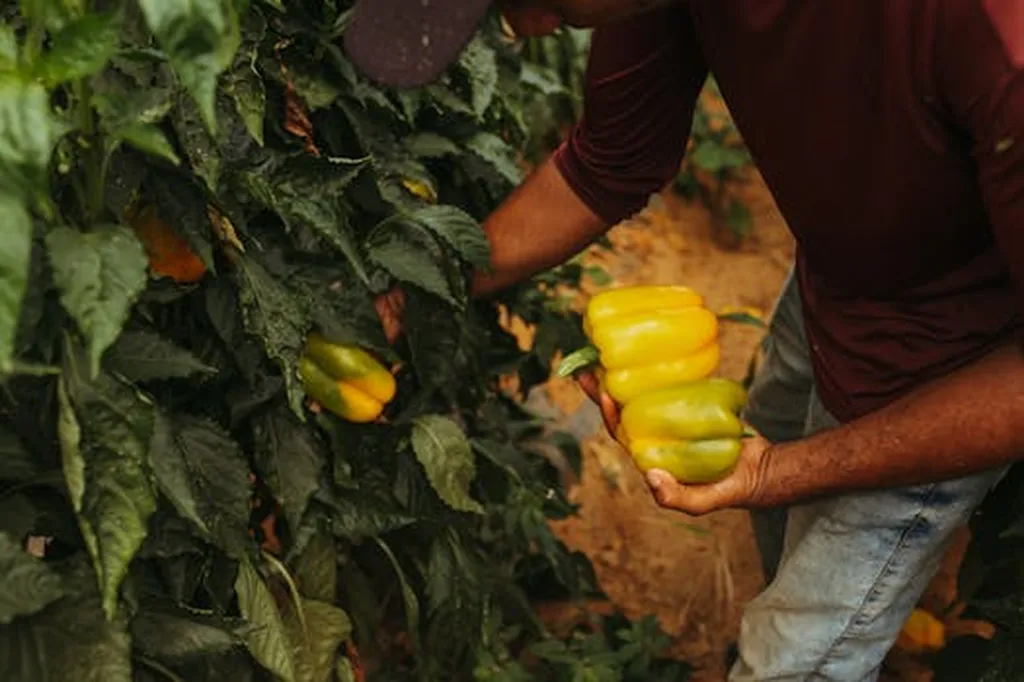In the heart of agricultural innovation, a groundbreaking study led by Brij Bhushan Sharma from the Yogananda School of AI Computer and Data Science at Shoolini University of Biotechnology and Management Sciences is set to revolutionize post-harvest management. The research, published in the esteemed journal *Scientific Reports* (which translates to *Nature Research Reports*), introduces a smart IoT-integrated indirect solar dryer designed to enhance the sustainability and efficiency of drying temperate crops.
Post-harvest losses, particularly for fruits and vegetables, have long been a thorn in the side of the agricultural sector. Traditional drying methods, such as direct sun exposure, often lead to contamination, quality degradation, and inefficient drying processes. Sharma’s study addresses these challenges head-on by presenting a smart IoT-enabled indirect solar dryer that automates the drying process and introduces a crop-specific control system. This system allows users to input precise temperature settings based on the type of crop, ensuring optimal drying conditions tailored to individual produce.
“The key innovation here is the ability to customize drying conditions for different crops,” Sharma explains. “This not only enhances nutritional preservation but also reduces the risk of over-drying, which can significantly impact the quality and market value of the produce.”
The system integrates real-time cloud-based monitoring via IoT, enabling remote supervision and data analytics for temperature and airflow control. Experimental results demonstrate the system’s effectiveness, achieving an average airflow of 3.0 m/s, an average solar collector temperature of 57°C, and a stable 45°C in the drying chamber. Compared to traditional dryers, this setup significantly reduces drying time, minimizes contamination risks, and offers higher precision and flexibility.
The implications for the energy sector are profound. By leveraging renewable energy sources and smart technology, this innovation contributes to improved scalability, sustainability, and usability in post-harvest management. For small and medium-scale farmers, this could mean a significant reduction in energy costs and a boost in productivity.
“This technology has the potential to transform the way we approach post-harvest management,” Sharma adds. “It’s not just about drying crops more efficiently; it’s about creating a sustainable and scalable solution that can benefit farmers and the environment alike.”
As the agricultural sector continues to evolve, innovations like Sharma’s smart IoT-integrated indirect solar dryer are paving the way for a more sustainable and efficient future. The research not only addresses immediate challenges but also sets the stage for future developments in smart agriculture, offering a glimpse into a world where technology and sustainability go hand in hand.

